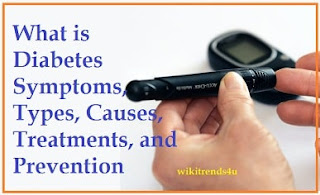Kiara Advani and Sidharth Malhotra Welcome Baby Girl - Bollywood Celebrity News
The Bollywood industry is celebrating the arrival of a new star! Kiara Advani and Sidharth Malhotra, one of Bollywood's most beloved couples, have been blessed with a baby girl, sending waves of joy across fans and the film fraternity. The couple, who tied the knot in a dreamy fairytale wedding in 2023, have now embraced parenthood, marking a beautiful new milestone in their lives.
Kiara Advani & Sidharth Malhotra's Parenthood Journey
The news of Kiara Advani's pregnancy had been the talk of the town for months, with fans eagerly waiting for updates. The couple, known for their privacy, kept details under wraps but occasionally shared glimpses of their journey. Finally, the much-awaited moment arrived, and the newborn baby girl has brought immense happiness to the Malhotra-Advani household.
"We're overjoyed to share that we've been blessed with a baby girl. Both mother and child are doing well. Thank you for all your love and blessings," the couple said in a joint statement.
Fans and Bollywood Celebs Shower Love
As soon as the news broke, social media was flooded with heartwarming wishes from fans and Bollywood stars. From Karan Johar to Alia Bhatt, industry colleagues expressed their excitement, calling the baby a "little princess" and sending blessings to the new parents.
Kiara & Sidharth's Love Story – From Co-Stars to Parents
Kiara and Sidharth first met on the sets of "Shershaah" (2021), where their on-screen chemistry translated into a real-life romance. After dating for some time, they had a stunning destination wedding in Jaisalmer, which became one of the most talked-about celebrity weddings. Now, as they step into parenthood, their fans can't wait to see adorable family moments.
What's Next for Kiara & Sidharth?
While the couple is currently focused on their newborn baby girl, fans are also excited about their upcoming projects. Kiara was last seen in "Game Changer" with Ram Charan, while Sidharth is gearing up for "Yodha 2". Will they take a short break from films to enjoy parenthood? Only time will tell!
What do you think the couple will name their baby girl? Drop your guesses in the comments below! 👇












